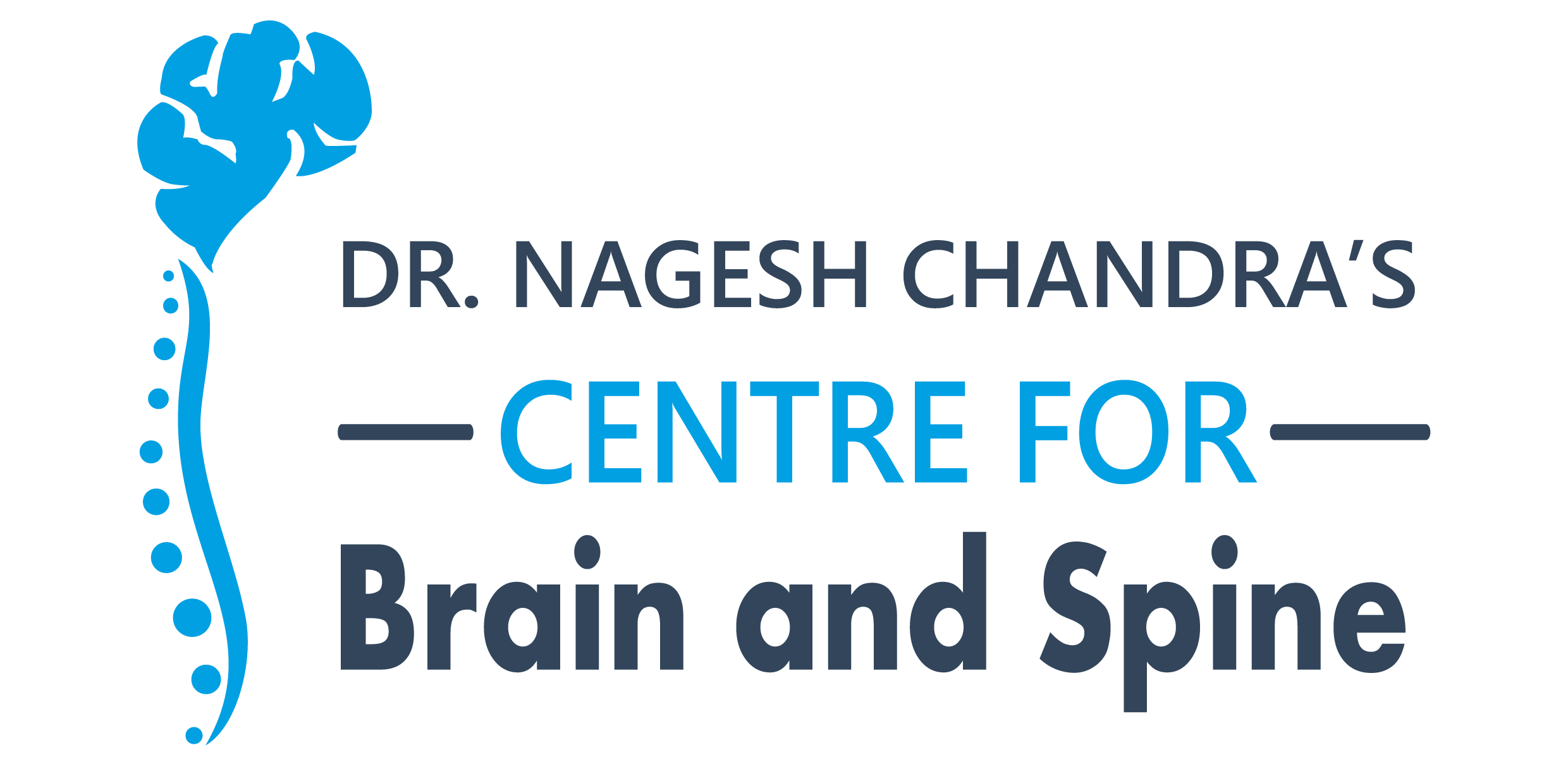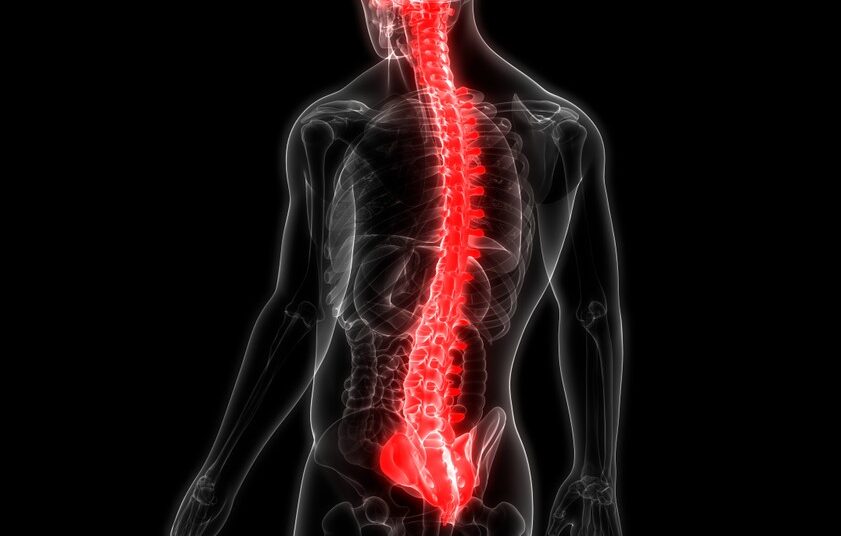The spinal cord is a large bundle of nerves that transmits messages from the brain to the rest of the body and back. If the spinal cord is injured, it can disrupt this communication network, resulting in paralysis and loss of feeling below the injury site.
Medicine is making progress, but completely healing spinal cord damage remains a major challenge. While the objective is full recovery of function, even minor improvements in movement or feeling can influence patients’ life.
What are the Spinal Cord Injuries?
Dr. Nagesh, well-known neurosurgeon in Delhi explains spinal cord injury causes damage to any region of the spinal cord. It cause nerve injury near the end of the spinal cord, known as the cauda equina. The spinal cord facilitates communication between the brain and the rest of the body. A spinal cord injury results in persistent alterations in strength, sensation, and other bodily functions below the location of the injury.
People who have had a spinal cord injury have psychological, emotional, and social consequences.
What causes spinal cord injuries
Injury to the spinal cord or the vertebrae can cause Spinal cord Injury. Here are some of the causes:
- Road accidents: Automobile and motorbike accidents are the primary causes of spinal cord damage. They are responsible for about half of new spinal cord injuries each year.
- Violent encounters: Violent encounters, most notably gunshot wounds, account for around 12% of spinal cord damage. Knife wounds are also prevalent.
- Exercise or sports: Athletic activities such as impact sports and shallow-water diving account for around 10% of spinal cord injuries.
- Falls: A fall is the most common cause of spinal cord damage after 65 years of age.
Other causes include:
- Diseases like cancer and spine tumours.
- Cysts within your spinal cord.
- Lack of blood flow in your spinal cords.
- Infections attacking the spinal cord.
Spinal Cord Repair Difficulties
Spinal cord injuries (SCI) are a severe condition with a high disability rate. In contrast to other bodily systems, such as the skin and bones, the central nervous system (CNS) has a limited healing ability. The CNS cannot produce new cells, and injured cells cannot generate new axons. Axons in the central nervous system also have a weak regeneration response.
(Axons: Axons are long, thin extensions of a neuron that carry electrical impulses from the neuron to other neurons)
Spinal Cord Injury Treatment in Delhi
Spinal cord injury is irreversible. However, Spine doctors and researchers are continuously working on remedies. They include prostheses and medicines that accelerate nerve cell regeneration or improve function of residual nerves following a spinal cord injury.
In emergency cases
Once the patient arrives at the hospital, doctors focus on:
- Maintaining the person’s capacity to breathe.
- Immobilising the neck to avoid more spinal cord injury.
In cases where the injury is not severe
- Spine Surgery. Doctors do surgery to remove fluid or tissue that is pressing on the spinal cord, remove bone fragments, disc fragments, or foreign objects, fuse damaged spinal bones, or insert spinal braces.
- Traction. This procedure helps to stabilise and align the spine.
- Methylprednisolone. Some individuals improve after receiving this steroid medicine within 8 hours of damage. It reduces nerve cell damage and inflammation at the location of the injury.
Spinal cord injury Rehabilitation
During the early phases of rehabilitation, doctor focus on preserving and improving muscular function and redeveloping fine motor abilities. They also assist you in learning how to adjust to day-to-day activities.
- Physical therapy focuses on muscular strength, communication, and mobility.
- Using assistance aids, including wheelchairs, walkers, and leg braces.
- Using adaptive devices for communication
- Occupational therapy focuses on fine motor abilities.
- Self-grooming techniques, bladder and bowel management
- Coping Strategies for Dealing With Spasticity and Pain
- Vocational treatment to help people get back to work using assistive technology if needed.
- Sports and social activities are examples of recreational activities.
- Improved exercise routines and healthy diets (obesity and diabetes are possible risk factors for people with SCI).
Future Outlook and Possibilities
Spinal cord injury (SCI) causes long-term dysfunction and lasting damage. Every year, hundreds of thousands of new patients experience an SCI globally, and traumatic events, such as traffic accidents, falls, sports injuries, violence, etc, cause 90% of these SCIs.
Current treatment for SCI comprises early surgery decompression and stabilisation, augmentation of spinal cord perfusion, anti-inflammatory medicines in the acute phase, and neurosurgical rehabilitation training in the chronic phase.
The use of scaffolds to guide axonal regeneration is under investigation. Animal studies have shown that these biomaterials increase axonal regeneration and motor recovery. Several clinical studies have shown encouraging outcomes.
There is no exact surgery for chronic spinal cord injuries but yes a good spine specialist can use multiple treatment methods to increase the chances of recovery. Individuals must driving safely, avoiding falls, checking water depth before diving, etc to avoid such injuries.
In case you or someone you know is suffering from a spinal cord injury, immediately visit the best spine specialist and get yourself diagnosed and treated.

